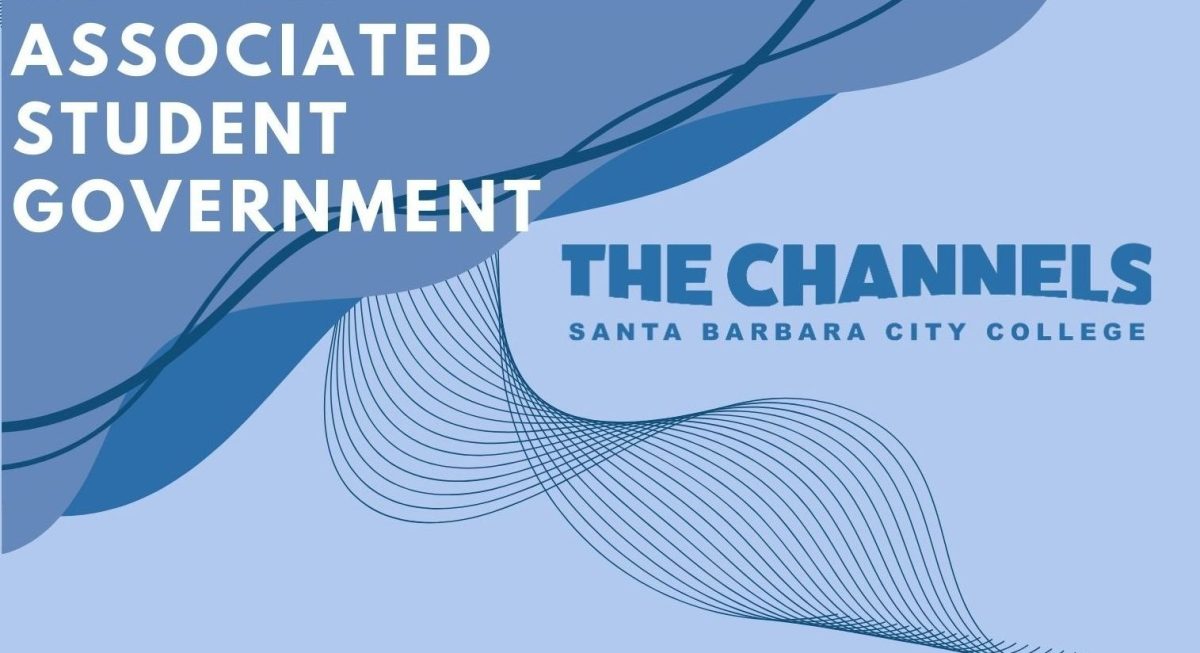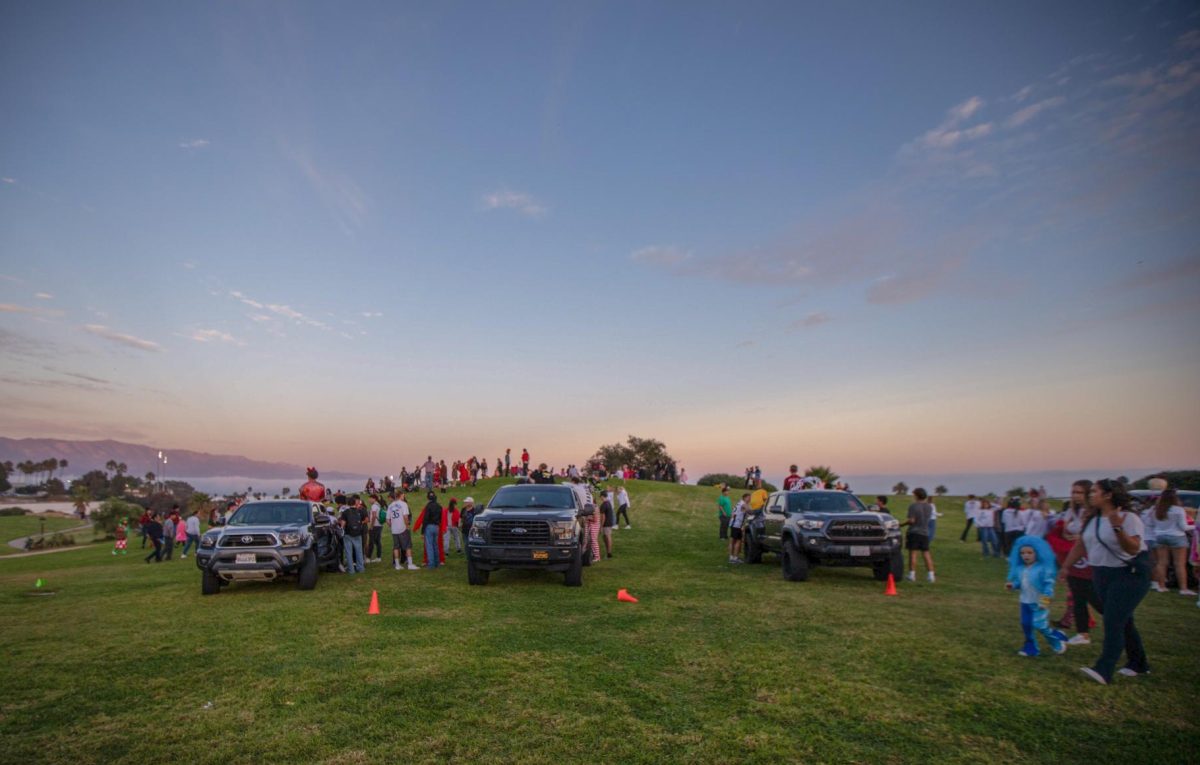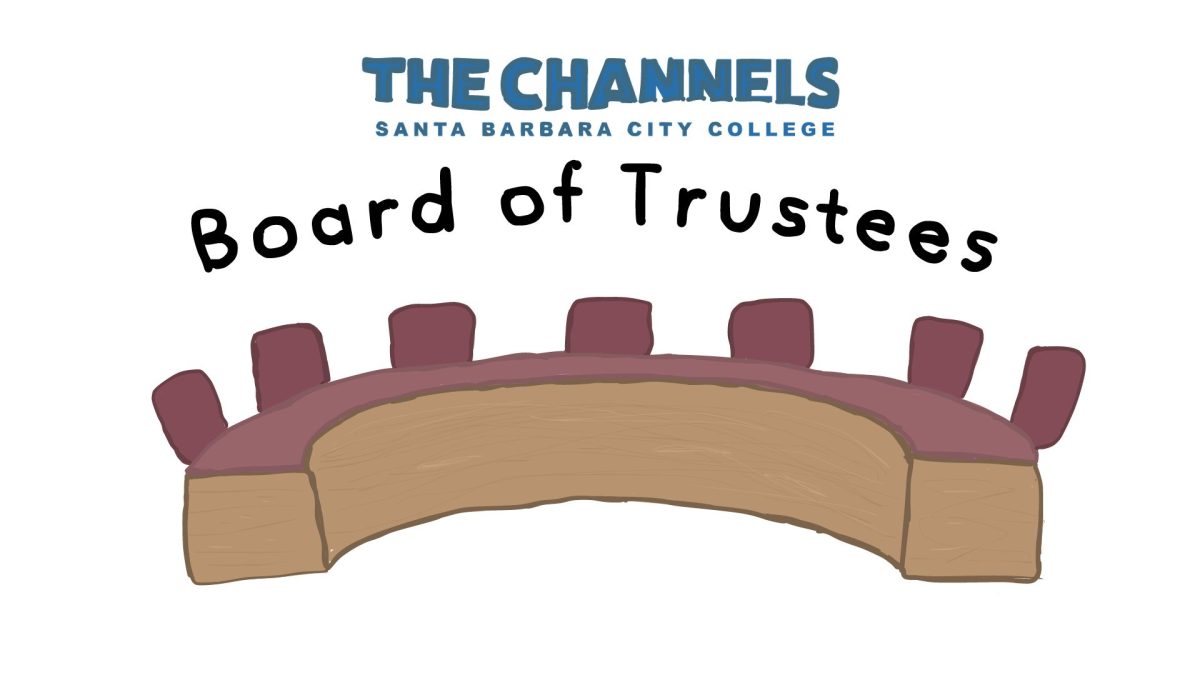It’s the 1988 summer Olympics in Seoul, Korea and Dave Lettieri of team USA is on a track bike at the starting line of the Olympic Cyclodrome. As he waits for the gun to fire, he closes his eyes.
The sound of a bell rings and he opens his eyes realizing that it’s 2008. A customer with a messenger bag slung over his shoulder has just entered his shop looking to convert his road bike into a track bike.
“During the past two years there has been a huge resurgence in vintage track bikes here in Santa Barbara,” Lettieri said.
More and more of these track bikes are popping up around campus and very few know why. Slowly but surely, the fixed-gear phenomenon has made its way to SBCC.
The late great bike mechanic Sheldon Brown said that the oldest and simplest bike is the “fixed-gear” bicycle. A single-speed bike without a freewheel means that whenever the bike is moving, the pedals will go around.
“You cannot coast on a fixed-gear machine,” Brown said.
With no brakes, stopping with a fixed-gear or “fixie” for short, is no ride in the park. The pedals and rear wheel are linked together, so locking up the pedals makes the bike skid to a stop.
But when did all this madness start? What spurred the whole urban track bike movement?
“It all started with the bike messengers in New York City,” Lettieri said, “and from there it spread to other big cities like Portland and San Francisco.”
Looking around campus, small packs of fixed-gear riders can be spotted toting around messenger bags and locking up their bikes in unusual places. These mannerisms are a tribute to the archetypal New York messenger.
Tyler Finnigan, a long time fixed-gear enthusiast from Ventura, argues that the track bike craze is just a passing trend.
“I think fixed-gear bikes are just a huge phase right now,” Finnigan said, “it just exploded and when the next ‘cool’ thing comes around all the trendy kids will just sell their bikes and just move on.”
On the other hand, City College premed student Brenden Kinsley begs to differ.
“I don’t think it’s that trendy,” Kinsley said. “I stop to check out other people’s fixies to get ideas for my own bike, you’re following someone else’s footsteps but there’s no real trailblazing in modern times.”
Besides the trendy factor, Kinsley and Finnigan do agree on one thing; the feeling of riding fixed-gear bikes is like no other.
“Riding fixed is so much smoother and you really get that much more out of each pedal,” Kinsley said. Along the same line, Finnigan says that riding fixies around town provides a real free feeling.
With this “free” feeling, it’s easy for riders to feel free about overlooking certain laws. More specifically, running red lights and stop signs.
Bikes are subject to the same rules as vehicles. But fierce fixie-riders, like City College’s Lou Fontana, abide by rules of their own.
“No cop, no stop!” Fontana said.
This mentality is widespread over the fixie community. Mashing or rapidly spinning the pedals to make it through stoplights adds thrill and danger to this already dangerous activity.
“Yeah do it,” Kinsley said, “but on the other hand it’s irresponsible and every time you mash a light you’re rolling the dice.”
Besides being a hip trend or a tool for breaking traffic laws there is a bigger and better purpose that fixed-gears serve. Fixed-gear bikes help save the environment’s resources and keep cars off the road.
“Gas prices are outrageous,” Fontana said. “I ride to work when I can and I ride from Goleta to CC once or twice a week.”
With all this fuss about fixed-gear bikes and the purpose they may or may not serve, there are still some individuals in the scene who hold themselves in some type of high regard. These individuals believe that if your bike isn’t a fixie, it belongs to a lower category.
But in the words of Dave Lettieri, a man who comes from a time where the supreme test of a track bike isn’t its style on the street but rather its rider’s skill and speed on the track during the Olympic Games, “anytime people are riding bikes, it’s a good thing.”
-Jonathan Penuliar is a Journalism 101 student.







